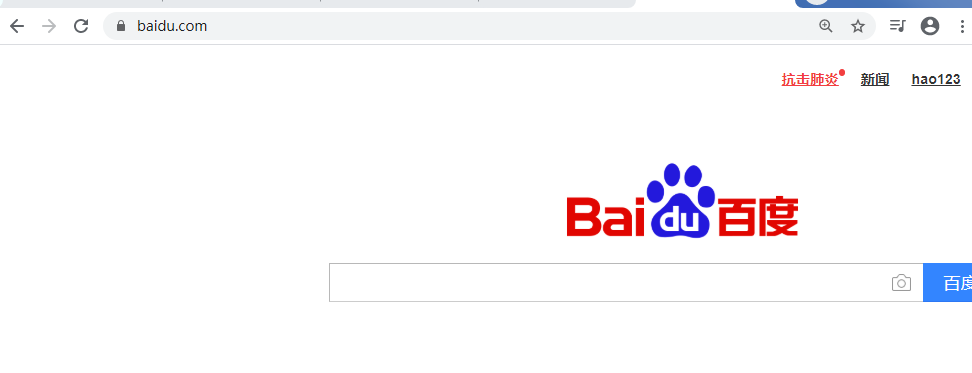从控制传数据到view端的方法:
方法一:修改Control数据,添加ViewBag
1、ViewBag.+ 任意变量名 = "你想要输入的数据"
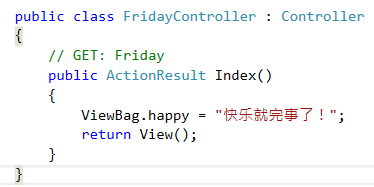
2、在Control对应的cshtml中添加@ViewBag.+你的变量
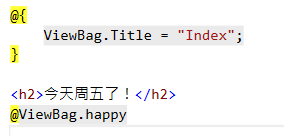
3、最后按地址运行
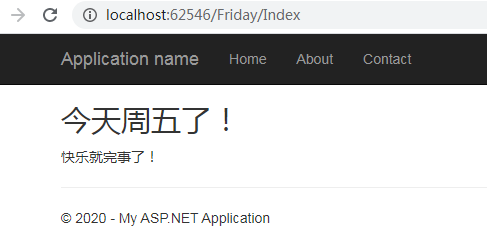
方法二:修改Control数据,添加数据
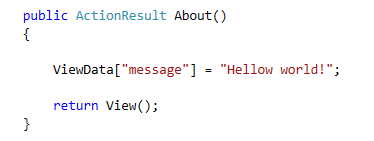

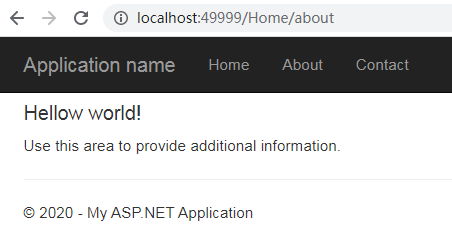
方法三:
public ActionResult About()
{
TempData["message"] = "Hellow world!";
return View();
}
public ActionResult Contact()
{
string MessageContact = TempData["message"].ToString();
ViewBag.message = MessageContact;
return View();
}
Index()给TempData添加了一个键值对,假设我们先请求Index这个Action,接着请求Index2这个Action,那么在Index2中,我们便可以得到之前添加到TempData的键值对。有趣的是,这时如果再次请求Index2,那么从TempData中读到的MyName的值会是null。这是因为TempData和一个临时的Session差不多,当Acion执行的时候它做为一个全局对象保存的内存中,而一旦Action的执行完成,就会释放内存空间,这就是它与ViewData最大的不同之处。
方法四:
public ActionResult About()
{ //不可以传递string类型
return View(666667777);
}
<body>
<p>@Model</p>
</body>
方法五:
public ActionResult Index()
{
return Content(Request.QueryString["name"]);
}

同时view传递多个值给control
public ActionResult Index()
{
return Content($"{ Request.QueryString["name"]}{ Request.QueryString["age"]}");
}

方法六:

<form action="/Home/PostMessage" method="post">
<input type="text" name="name" />
<button type="submit">提交</button>
</form>
方法七:
public ActionResult Datareback()
{
Response.Write(s: "hello world");
return Content("");
}

方法八:重定位
public ActionResult RedirectWeb()
{
Response.Redirect(url: "http://www.baidu.com");
return Content("");
}
